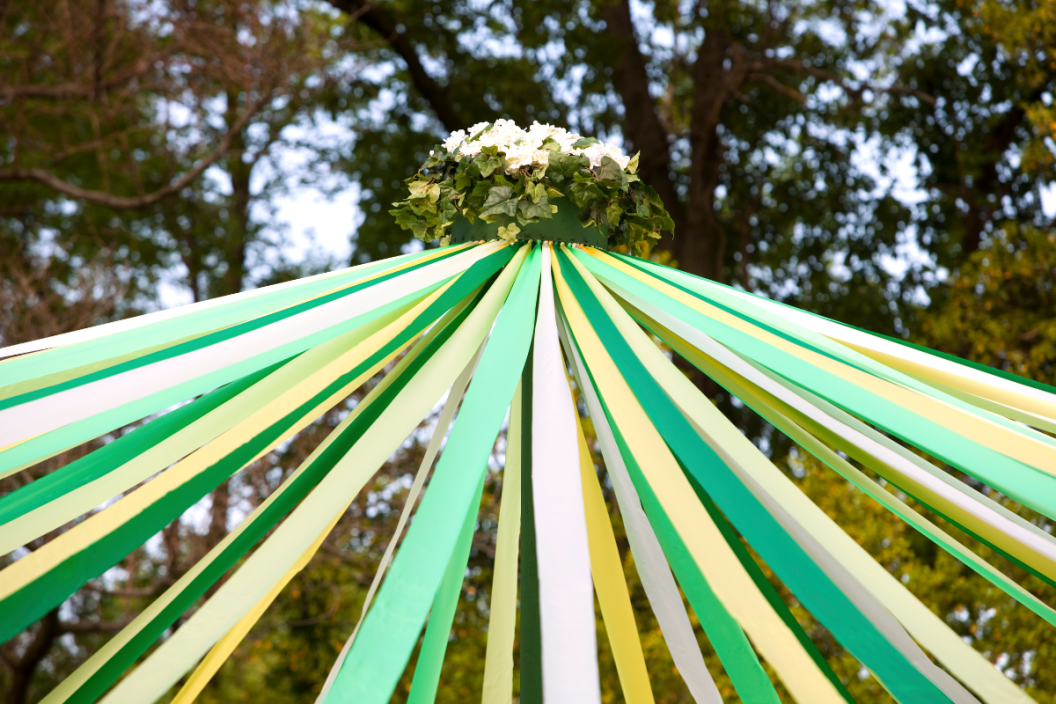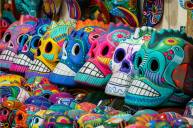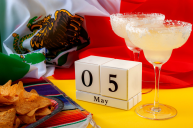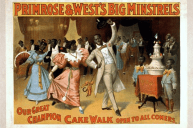Every black & white war movie will have a dramatic scene where the pilot yells "Mayday! Mayday! Mayday." We're not talking about that mayday here.
Videos by Wide Open Country
We're also not talking about the "First of May" which is the traditional birthday of all clowns. It's an important holiday for clowns around the world and a "first of May" is a nickname for newbie clowns. I'm just full of fun facts, aren't I?
In this article, we're talking about the weird mysterious history of May Day. Two words. That maypole dancing, ribbon swirling, and maidens giggling May 1st event.
The Origins of May Day
May Day has a long and varied history, dating back to wild Roman times. The earliest May celebrations were called the Floralia which was a festival to honor Flora, the Roman goddess of flowers. There were skits and theatrical performances performed in the town's square. And wild Roman things like rabbits and goats were sent into the crowd as part of the festival. Ok, I like goats. There were contests and dancing and general springtime merriment. And togas, I'm sure.
In Gaelic culture, the Celts of Ireland and the United Kingdom celebrated the Festival of Beltane. After sunset on April 30th, the spring festival of Beltane would begin. It involved the symbolic use of fire to bless cattle and other livestock. According to Wikipedia, "...this custom continued into the early 19th century, during which time cattle would be made to jump over fires to protect their milk from being stolen by fairies. People would also leap over the fires for luck." I must've missed this episode of Little House On The Prairie.
Many Roman Catholics celebrate the May Day holiday. The Virgin Mary's head will often be decorated with flowers in a May crowning at churches. In 1955, Pope Pius XII chose May 1st as a feast day dedicated to "St. Joseph The Worker" to encourage celebrating that instead of the 19th century's labor movement International Workers Day. The labor movement was protesting labor abuse and fighting for worker's rights and eight-hour workdays in the United States.
So What's Up With The Maypole?
When most people think of May Day traditions, in Europe and North America, they picture renaissance faire looking people dancing around a maypole and crowning the May Queen. There's grog and mead and turkey legs I'm sure.
The maypole is traced back to medieval times. Villagers would choose a maypole from the surrounding woods and set it up for the public holiday. Townspeople tied colorful streamers and ribbons to their clothes and danced around the pole. Now I'm sure there was alcohol involved.
Historians believe the first Maypole dance was part of a fertility ritual, where the pole symbolized male fertility (ahem) and baskets and wreaths symbolized female fertility.
In America, the Puritans frowned on the May Day holiday and its celebrations. Especially the pole part. But the may basket tradition was a lovely (and less sexy) to mark the May Day festival, welcoming spring in the Northern Hemisphere.
What Is International Workers' Day?
The connection between May Day and workers rights began in the United States. During the Industrial Revolution of the 19th century, thousands of men, women and children were dying every year from poor working conditions and long hours.
In 1884, the labor unions held a convention in Chicago and proclaimed "eight hours shall constitute a legal day's labor from and after May 1, 1886." On May 1, 1886, more than 300,000 workers from 13,000 businesses walked out of their jobs across the country in a peaceful protest of the still widespread labor abuses. Wow!
But on May 3rd a planned rally at Chicago's Haymarket Square went terribly wrong. At least seven police officers and eight civilians died as a result of the violence that day. Also called the Haymarket Affair, this event later became thought of as a loyalty day or labour day (cool British spelling) for the Labor Movement and socialism worldwide. It all eventually morphed into a less political national holiday.
May Day Today
The first day of May is an official holiday in 66 countries except but not in the USA. President Grover Cleveland officially moved Labor Day to the first Monday in September, to separate it even more from the socialist roots it was associated with.
So for now, you'll just have to make do with all the other May holidays like Memorial Day, Mother's Day and Cinco de Mayo.
Watch: June Produce Guide




